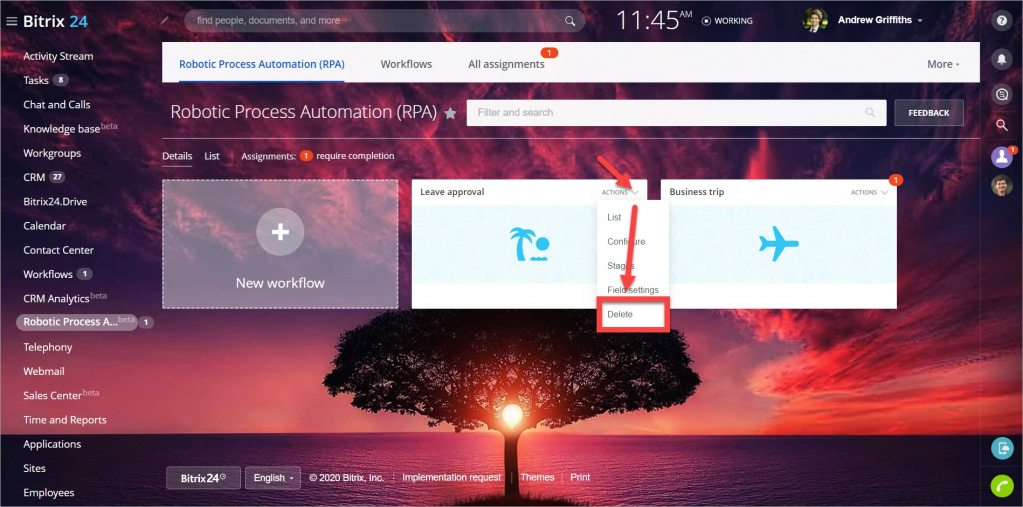

Using this new feature, Power Automate now helps these organizations automate their legacy apps and manual processes through UI-based automation, resulting in minimal effort. Extending the abilities of Power Automate, Microsoft has announced the new RPA capability in Power Automate called UI flows, which helps create robotic process automation (RPA). Power Automate – a cloud-based service offered by Microsoft, has been helping many organizations to create automated workflows between their favorite apps and services. A standard set of entities are included however, custom entities can be created for specific requirements. The Common Data Service is a cloud-based tool hosted on Azure that allows you to store and manage your business data securely.ĭata within the CDS is stored within a set of entities. These applications handle data through the use of Microsoft’s Common Data Service (CDS). Keep reading to learn how this user-friendly, low-code application empowers coders and non-coders alike to optimize their workflows by automating repetitive and. Microsoft Power Platform consists of three applications: Windows 10 users can harness the power of low-code RPA by downloading Power Automate Desktop on March 2, and it will be included in Windows Insider Preview builds in the coming weeks. In this article, let’s explore how Microsoft Power Automate turns out to be all the more remarkable and mystical with Robotic Process Automation (RPA) capacities in UI Flows. Microsoft launched Power Virtual Agents.For example, as free-trial users, we accessed it over the cloud. Robotic process automation (RPA) features were added to Power Automate IBM’s RPA offers a Windows-based virtual desktop that is usable on any operating system including Mac (see Figure 2).Microsoft Flow was renamed Power Automate.During Ignite 2019 in Orlando, Microsoft reported a couple of changes made to the Power Platform:


 0 kommentar(er)
0 kommentar(er)
